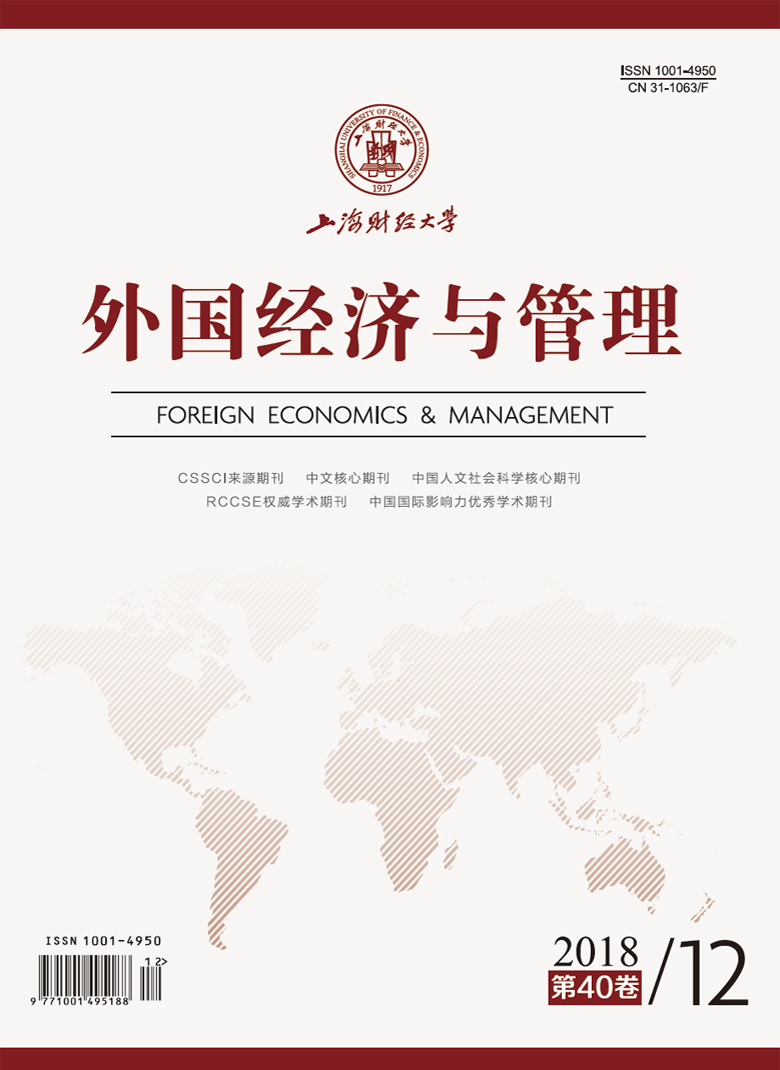Subsidiary initiative is the result of transformation from the passive executor of headquarters’ command to the role of independent actors who have the spirit of innovation and the ability to put into practice. Because of its impact on the group’s overall value and operational efficiency, subsidiary initiative has become one of the most important issues in the current enterprise group research. In order to clarify and identify the development context of subsidiary initiative research, and review its research trends and latest development, this paper systematically combs and reviews relevant literature from four aspects: subsidiary initiative concepts and categories, factors, implementation, and economic consequences. The theoretical contributions are: In view of the fragmented reality in the field of subsidiary initiative, we comb the development vein of subsidiary initiative research, sum up the deduction logic of subsidiary initiative theory, break through the lack of comprehensive cognition on subsidiary initiative, and provide theoretical support for the research deepening and practical operation of subsidiary initiative. Specifically, this paper can provide advice and guidance for managers who intend to implement subsidiary dominance, such as the subsidiary’s self-ability construction, necessary resource acquisition and rational allocation, internal and external network embedding degree balance, parent-subsidiary relationship maintenance, etc. Finally, this paper points out the future research trend and direction of subsidiary initiative theory. It holds that we should consider the role of dual network embeddedness of the subsidiary, focus on the cross level research of subsidiary initiative, and deeply explore the internal mechanism of subsidiary initiative. In particular, we should pay attention to the discussion of subsidiary initiative in China, incorporating background factors such as economic, social, cultural and environmental aspects of Chinese characteristics into the research, and exploring the development of local subsidiary initiative in Chinese groups.
 / Journals / Foreign Economics & Management
/ Journals / Foreign Economics & ManagementForeign Economics & Management
JIN Yuying, Editor-in-Chief
ZhengChunrong, Vice Executive Editor-in-Chief
YinHuifang HeXiaogang LiuJianguo, Vice Editor-in-Chief
A Literature Review of Subsidiary Initiative
Foreign Economics & Management Vol. 40, Issue 12, pp. 138 - 151 (2018) DOI:10.16538/j.cnki.fem.2018.12.010
Summary
References
Summary
[1] Ambos B, Mahnke V. How do MNC headquarters add value[J]. Management International Review, 2010, 50(4): 403-412.
[2] Cavanagh A, Freeman S. The development of subsidiary roles in the motor vehicle manufacturing industry[J]. International Business Review, 2012, 21(4): 602-617.
[3] Chini T C, Ambos B, Wehle K. The headquarters-subsidiary trench: Tracing perception gaps in multinational corporations[J]. European Management Journal, 2005, 23(2): 145-153.
[4] Ciabuschi F, Holm U, Martin O M. Dual embeddedness, influence and performance of innovating subsidiaries in the multinational corporation[J]. International Business Review, 2014, 23(5): 897-909.
[5] Collinson S C, Wang R. The evolution of innovation capability in multinational enterprise subsidiaries: Dual network embeddedness and the divergence of subsidiary specialisation in Taiwan[J]. Research Policy, 2012, 41(9): 1501-1518.
[6] Dörrenbächer C, Geppert M. Subsidiary staffing and initiative-taking in multinational corporations[J]. Personnel Review, 2010, 39(5): 600-621.
[7] Dörrenbächer C, Gammelgaard J. Subsidiary initiative taking in multinational corporations: The relationship between power and issue selling[J]. Organization Studies, 2016, 37(9): 1249-1270.
[8] Foss K, Foss N J, Nell P C. MNC Organizational form and subsidiary motivation problems: Controlling intervention hazards in the network MNC[J]. Journal of International Management, 2012, 18(3): 247-259.
[9] Mahnke V, Ambos B, Nell P C, et al. How do regional headquarters influence corporate decisions in networked MNCs?[J]. Journal of International Management, 2012, 18(3): 293-301.
[10] Reilly M, Scott P, Mangematin V. Alignment or independence? Multinational subsidiaries and parent relations[J]. Journal of Business Strategy, 2012, 32(2): 4-11.
[11] Ren C R, Guo C. Middle managers’ strategic role in the corporate entrepreneurial process: attention-based effects[J]. Journal of Management, 2011, 37(6): 1586-1610.
[12] Schmid S, Dzedek L R, Lehrer M. From rocking the boat to wagging the dog: A literature review of subsidiary initiative research and integrative framework[J]. Journal of International Management, 2014, 20(2): 201-218.
[13] Shah K U, Arjoon S. Through thick and thin? How self-determination drives the corporate sustainability initiatives of multinational subsidiaries[J]. Business Strategy and the Environment, 2014, 24(6): 565-582.
[14] Strutzenberger A, Ambos T C. Unravelling the subsidiary initiative process: A multilevel approach[J]. International Journal of Management Reviews, 2013, 16(3): 314-339.
[15] Suwannarat P, Leemanonwarachai T. Investigating the influence of subsidiary initiatives on the relationship between head office and the subsidiary[J]. Review of Business Research, 2012, 12(3): 160-172.
[16] Williams C, Lee S H. Political heterarchy and dispersed entrepreneurship in the MNC[J]. Journal of Management Studies, 2011, 48(6): 1243-1268.
[17] Yamin M, Andersson U. Subsidiary importance in the MNC: What role does internal embeddedness play?[J]. International Business Review, 2011, 20(2): 151-162.
Cite this article
Zhang Shuang, Wang Shiquan, Li Xinyu. A Literature Review of Subsidiary Initiative[J]. Foreign Economics & Management, 2018, 40(12): 138-151.
Export Citations as:
For
ISSUE COVER
RELATED ARTICLES





 10966
10966  8265
8265

